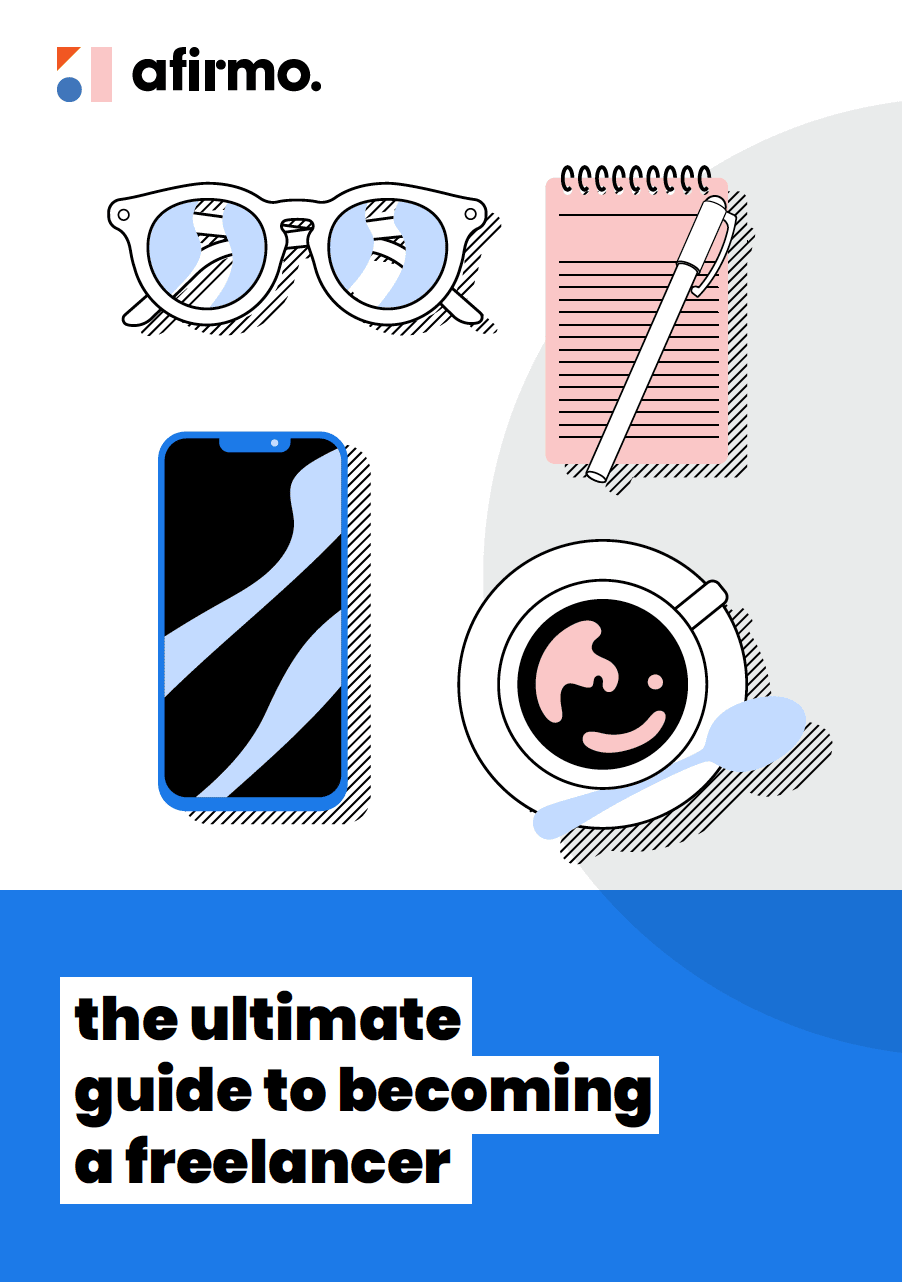Being online in as many ways as possible is the key to developing a successful freelancing career. If you don’t have much of a web presence or prospect database, you need to get your digital life in order before you start making pitches to prospects.
Become a shameless self-promoter
When it comes to selling ourselves, Kiwis are modest and humble by nature. However, self-employment as a freelancer demands you get good at promoting yourself and your skills.
A good start to this is an honest reflection session that focuses on your positives. List your skills, expertise areas, awards, outrageous successes and audacious achievements. In this way you are ‘productising’ yourself, which means imagining what would be written on your packaging if you were trying to entice a buyer.
This brain dump of positives will be hugely useful in the future, when you’re pitching for work, writing online profiles and selling yourself at a meeting.
Develop your visual brand assets
Whether you have a brand name for your freelancing business or are trading under your own name, you’ll do better if you have a professional-looking logo. It shows you’re the real deal, not just someone who’s between jobs.
If you don’t have a mate who’s a graphic designer, there are plenty of ways to get a logo organised. The cheapest option is an online logo generator. Accompanying your logo will be a brand colour palette that can be consistent across all the collateral you need, including your website.
Join some freelance platforms, but don’t count on them
Freelancer platforms like Unicorn Factory and Upwork are a tempting proposition. They make it look easy to get work and some freelancers swear by them. However, there’s usually a lot of competition in these sites, which you’ll notice once you investigate your category. Success will lie with your profile, portfolio, pricing, and ability to respond quickly to briefs and enquiries. Freelancer platforms cost money, so choose carefully.
Get a website
Freelancer platforms can’t be your only strategy for sourcing jobs. To be successful and stay busy, you need multiple tentacles out into the marketplace. The ultimate tentacle is a website that has been SEOed (search engine optimised) for your freelancing niche.
It’s pretty straightforward to build your own website these days. Working with WordPress, Wix or Squarespace, you’ll find design templates that are ready to go. The hard part is writing your own content, sourcing good images and optimising the site for Google search. Professional writing and SEO help could be required to get a website that makes you proud and brings in work.
Before you get started with a website you’ll need:
- A domain name
- Hosting and email services
Try Google Ads
If you can’t get your website onto page one of Google’s organic search results, because you work in a very competitive sector, Google Ads could be a solution. Depending on your budget, paid advertising with Google could get your ad in front of people who are searching for your expertise. Google usually has special offers to get you going, plus plenty of step-by-step tutorials.
Optimise your LinkedIn profile
For business-to-business work, LinkedIn is a powerful prospecting platform. To get it working for you, make sure your profile is detailed and compelling. Also, be upfront about looking for work.
Another important factor is to build your connections. Find as many people as you can from your employment history and send them invites to connect. Another approach is to request connections from people you’d like to work for.
Tips for finding work through LinkedIn:
- Upgrade to Premium, so that you can send InMail to potential clients.
- Post that you’re looking for work. Be open and honest about the sort of projects you are interested in.
- Write an article that demonstrates your knowledge. Pay to boost the article to reach more people. Include a call to action that says you’re available for work.
- Set job alerts that are relevant to your skillset. In a tight job market it can be hard for employers to find permanent employees, so they might be open to using a freelancer.
Check listings in Seek
When you have a spare moment, browse Seek for opportunities. During times of low unemployment, it can be hard for employers to find the right permanent person. They may well be open to using a freelancer, especially one who’s proactive enough to get in touch. You can also look for part-time or contract positions, which are often suitable for freelancers.
Mail Chimp your network
Once you have an email database of existing customers, an online tool like Mail Chimp helps you to keep in touch. In a short newsletter you can showcase recent work, talk about new developments in your area of expertise and make it obvious that you’re available for new projects. Newsletters are always more effective if it’s not all about you, so remember to include an article that could be helpful to your audience.
- More on email marketing
Your Guide to becoming a freelancer chapters
- Chapter 1- Market research and validating your freelance idea
- Chapter 2 – Defining your freelance service and target audience
- Chapter 3 – How to price your freelance services
- Chapter 4 – How to write a freelance business plan
- Chapter 5 – Building your business portfolio
- Chapter 6 – Online presence and marketing
- Chapter 7 – How to manage your time as a freelancer
- Chapter 8 – Managing your finances as a freelancer
- Chapter 9 – How to choose the best insurance for freelancing
Learn More
- See our guide to email marketing for your small business
- Should I buy an email marketing list?
- See our guide to registering a business name
- See our guide to creating a website
- See our guide to setting up a blog for your small business
- Create a logo, register a domain name and build a website with our Marketing Toolkit
- Registering as a sole trader in New Zealand
- Registering a company in New Zealand
- Getting a business number in New Zealand
- Setting up a business and getting the basics right


